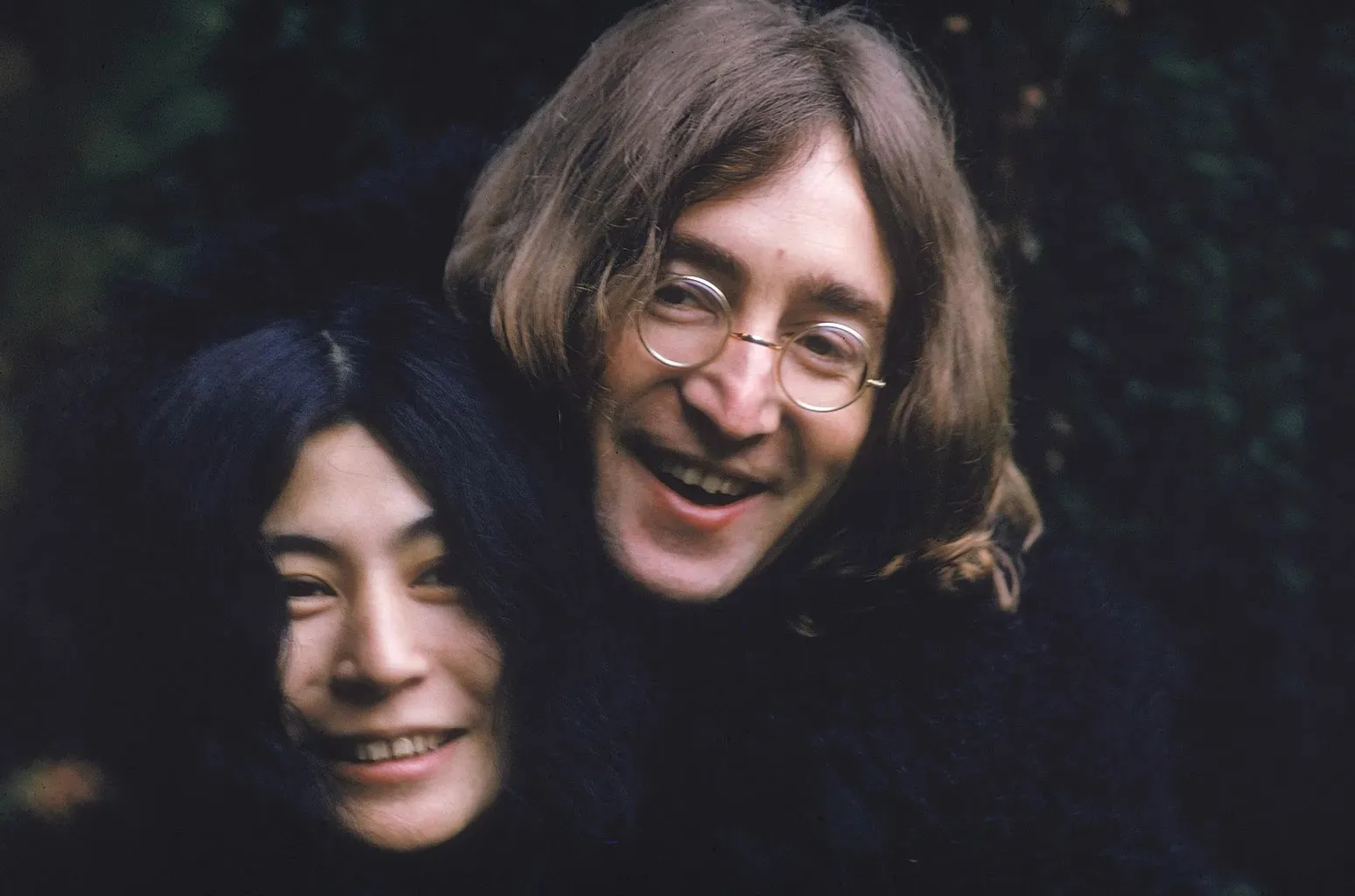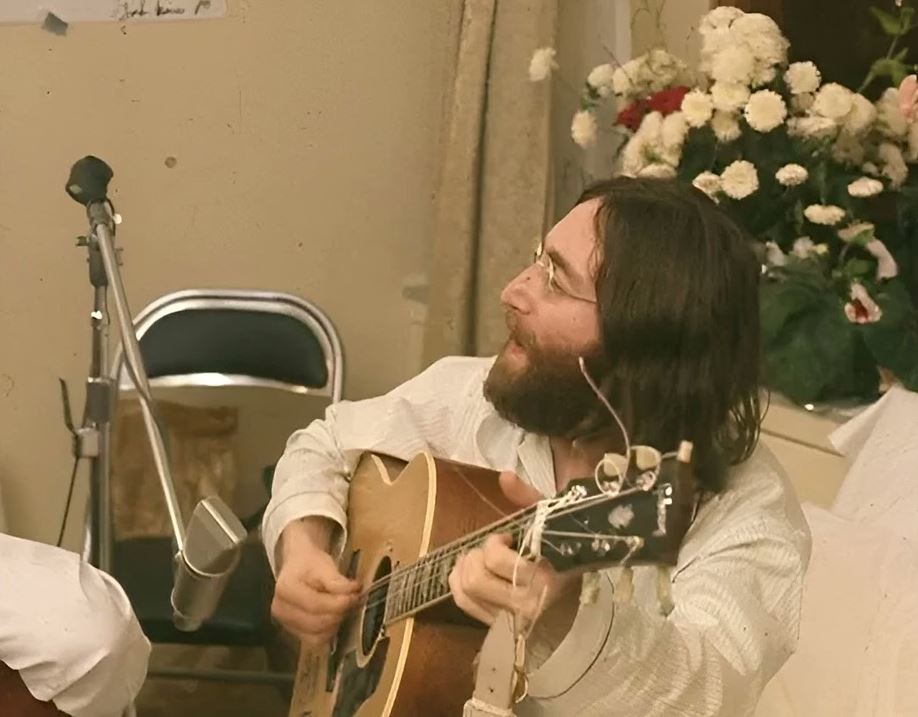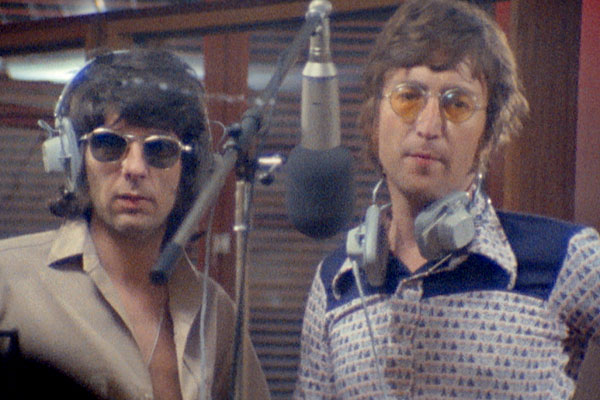In the heart of London’s bustling streets, amidst the cacophony of city life, there once soared the melodies of a dreamer—John Lennon. The rooftops of this historic city became the canvas for his “Fantasy Sessions,” a series of impromptu performances that captured the essence of freedom and creativity.

Picture this: the skyline of London, punctuated by the iconic Big Ben and the majestic London Eye, serving as the backdrop to a musical reverie. John Lennon, with his guitar in hand, serenaded the city from above, his voice echoing off the buildings and into the hearts of those lucky enough to witness these ethereal moments.

These sessions were not about grandeur or spectacle; they were intimate gatherings that transcended the ordinary. Lennon, ever the visionary, saw the rooftops as a metaphorical platform for peace and unity. In a world divided by walls, he chose the openness of the sky. His music, a blend of poignant lyrics and soul-stirring melodies, became a clarion call for change—a soundtrack for the counterculture movement.

The “Fantasy Sessions” were spontaneous, much like Lennon’s approach to life and art. He believed in the power of the moment, in the magic that arises when you strip away the rehearsals and the scripts. These performances were raw and real, a stark contrast to the polished productions that fans were accustomed to. It was just Lennon, his fellow musicians, and the city—a pure, unadulterated exchange of energy and inspiration.

Lennon’s choice of the rooftops was symbolic, a nod to the Beatles’ famous final live performance on the rooftop of Apple Corps in 1969. But while the Beatles’ rooftop concert was a farewell, Lennon’s sessions were an invitation—an invitation to imagine, to dream, and to believe in the impossible.

The “Fantasy Sessions” also highlighted Lennon’s solo artistry. Free from the expectations that came with being a Beatle, he explored new territories in sound and expression. Songs like “Imagine” and “Give Peace a Chance” found new life in these rooftop renditions, their messages amplified by the expanse of the open air.

These sessions were more than just concerts; they were acts of rebellion against the status quo. In a society where people were often confined to their roles and routines, Lennon urged everyone to look up and see the possibilities. The rooftops of London became a symbol of hope, a place where the sky was not the limit but the beginning.

As the sun set on the city, casting a golden hue over the Thames, Lennon’s voice would rise, a lone beacon in the twilight. The “Fantasy Sessions” were ephemeral, but their impact was enduring. They reminded us that art is not confined to studios and stages; it can flourish anywhere, even on the rooftops of London.

In these sessions, John Lennon wasn’t just a musician; he was a poet, a philosopher, and, most importantly, a dreamer. His legacy is not merely in the notes he played but in the ideas he planted—the idea that our world could be one of harmony and understanding, and that sometimes, all it takes to remind us of that is a song from the rooftops.






